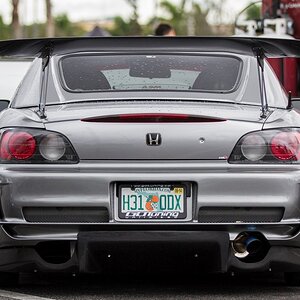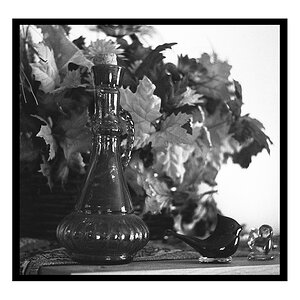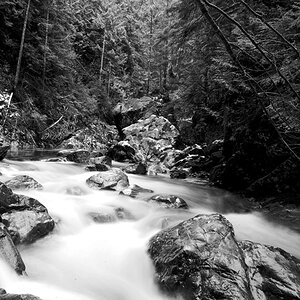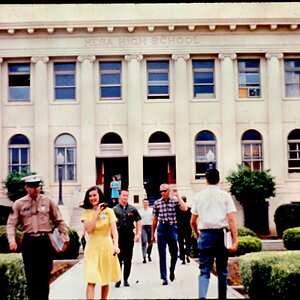fmw
No longer a newbie, moving up!
Could you explain the differences in fisheyes for digital and 35mm in a little more detail please. I dont fully understand what you mean by diagonal vs round. Does this mean that fisheyes for 35mm shouldnt be used on APS sized sensors and vice versa? You say fisheyes on 35mm are very sharp, is this not true for aps fisheyes?
Apparently, the article answered your question about the diagonal full frame. You can use a fisheye for 35mm on an APS digital but it will no longer have a 180 degree angle of view. The angle of view will crop as with any other lens. Yes, fisheyes for APS are very sharp just like those for 35mm or larger formats. It is pretty hard to show sharpness with a 72 dpi jpeg but here's an architectural interior shot I made with the Nikon 10mm full frame fisheye on an APS sized sensor. While you really can't appreciate the sharpness, the depth of field is pretty obvious.








![[No title]](/data/xfmg/thumbnail/32/32926-ec27ecead8c80d803404500d8f888dbf.jpg?1619735754)

![[No title]](/data/xfmg/thumbnail/42/42257-4c4b35d60337b1b4ec661332486a33be.jpg?1619740066)

![[No title]](/data/xfmg/thumbnail/32/32929-22e23acc63d6ecb25e5ee941be87121f.jpg?1619735758)
![[No title]](/data/xfmg/thumbnail/32/32634-5acd0e44e1d927b93e8723d9184555d9.jpg?1619735554)
